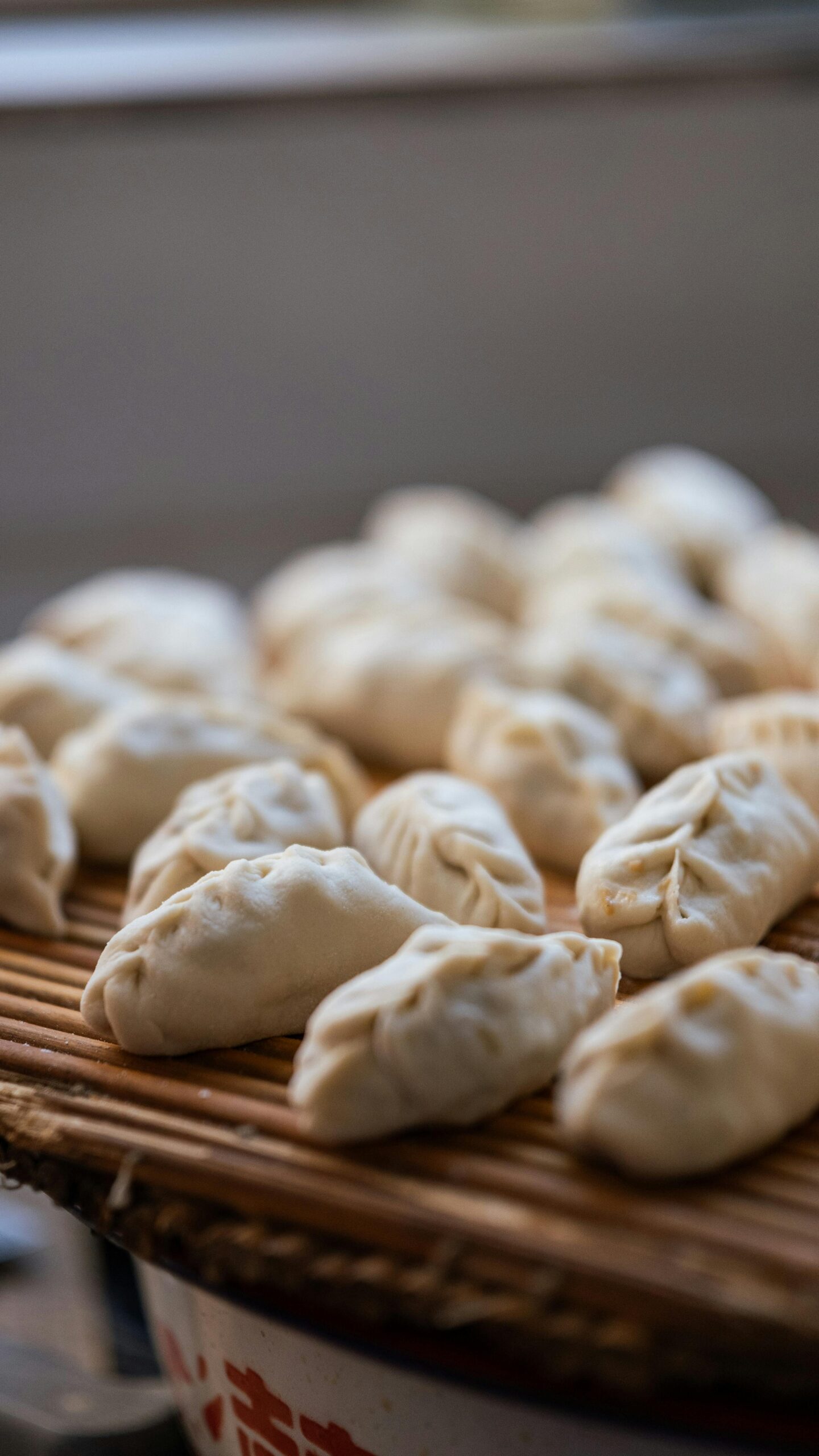Discovering Korean Mandu: A Flavorful Delight
Korean mandu (만두) are delicious dumplings that have become a staple in Korean cuisine, enjoyed by many across the world. These delightful treats can be steamed, boiled, pan-fried, or deep-fried, offering a variety of textures and flavors with each style. Originating from the influence of the Silk Road and Central Asian cuisines, mandu has transformed and evolved within Korean culture. Initially part of royal court cuisine, they are now widely available in supermarkets, restaurants, and street food stalls throughout South Korea.
The History and Variation of Mandu
The fascinating history of mandu dates back to the Goryeo dynasty in the 14th century when they were introduced by Mongolian invaders. This timing coincided with a shift in dietary practices that permitted meat consumption among Buddhists in Korea. Over the years, different regions of Korea have developed their unique styles of mandu, such as jjin-mandu (steamed) and gun-mandu (pan-fried). The versatility of mandu means there’s a type for everyone, whether you prefer the soft texture of steamed dumplings or the crispy bite of pan-fried ones.
Ingredients and Recipe
Traditional mandu is typically filled with a delightful mixture of ingredients, including meats like pork or beef, various vegetables, and sometimes tofu. Here’s a simple recipe for making Korean mandu at home:
- Ingredients:
- 1 cup ground pork
- 1 cup finely chopped vegetables (cabbage, garlic chives, carrots)
- 2 tablespoons minced garlic
- 2 tablespoons soy sauce
- 1 tablespoon sesame oil
- 1 package mandu wrappers
- Water (for sealing)
- Instructions:
- In a mixing bowl, combine the ground pork, chopped vegetables, minced garlic, soy sauce, and sesame oil.
- Place a spoonful of filling in the center of a mandu wrapper and wet the edges with water.
- Fold the wrapper over to create a half-moon shape and press to seal or pinch as desired.
- Cook the mandu by steaming, boiling, or frying based on your preference.
